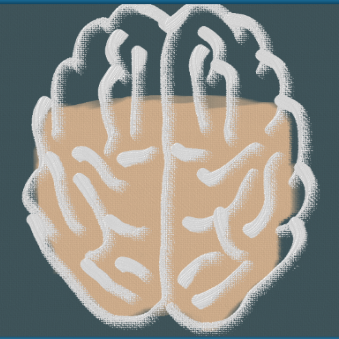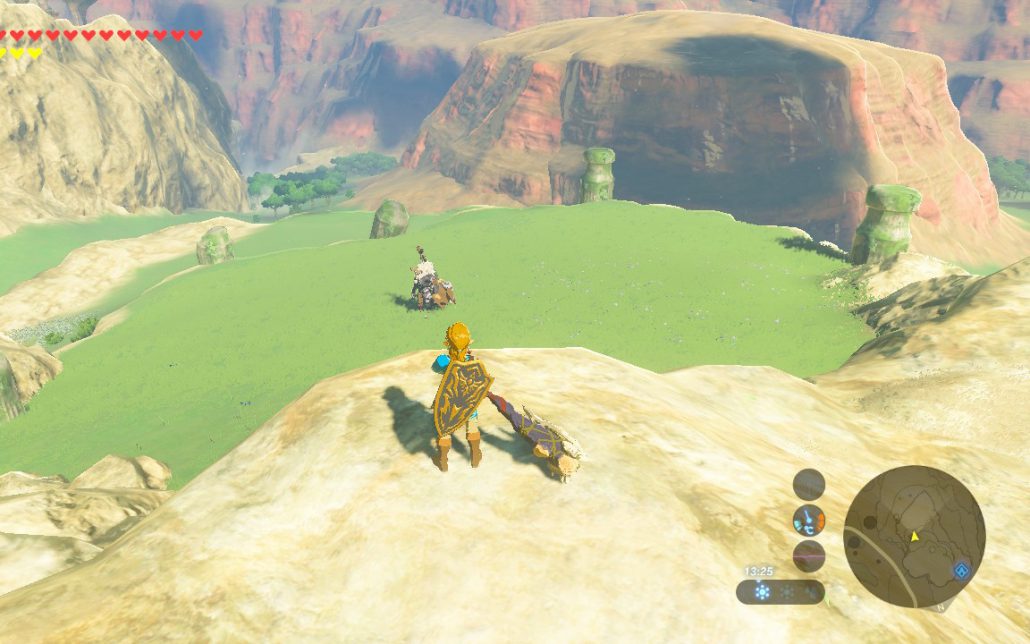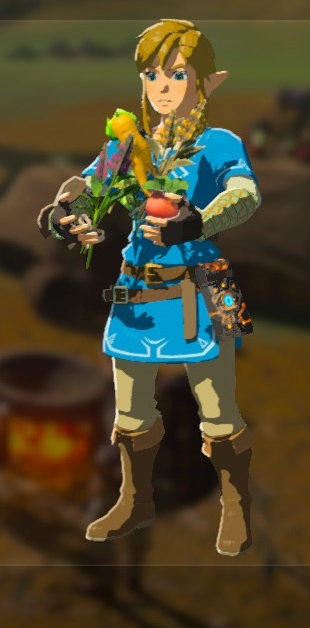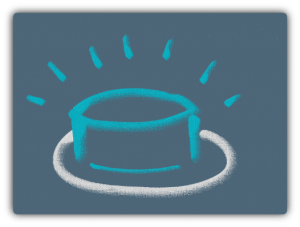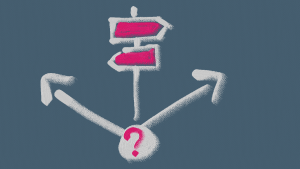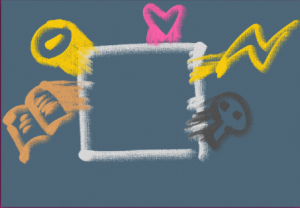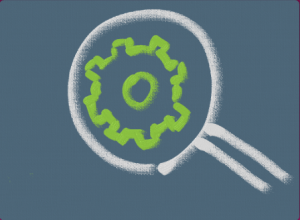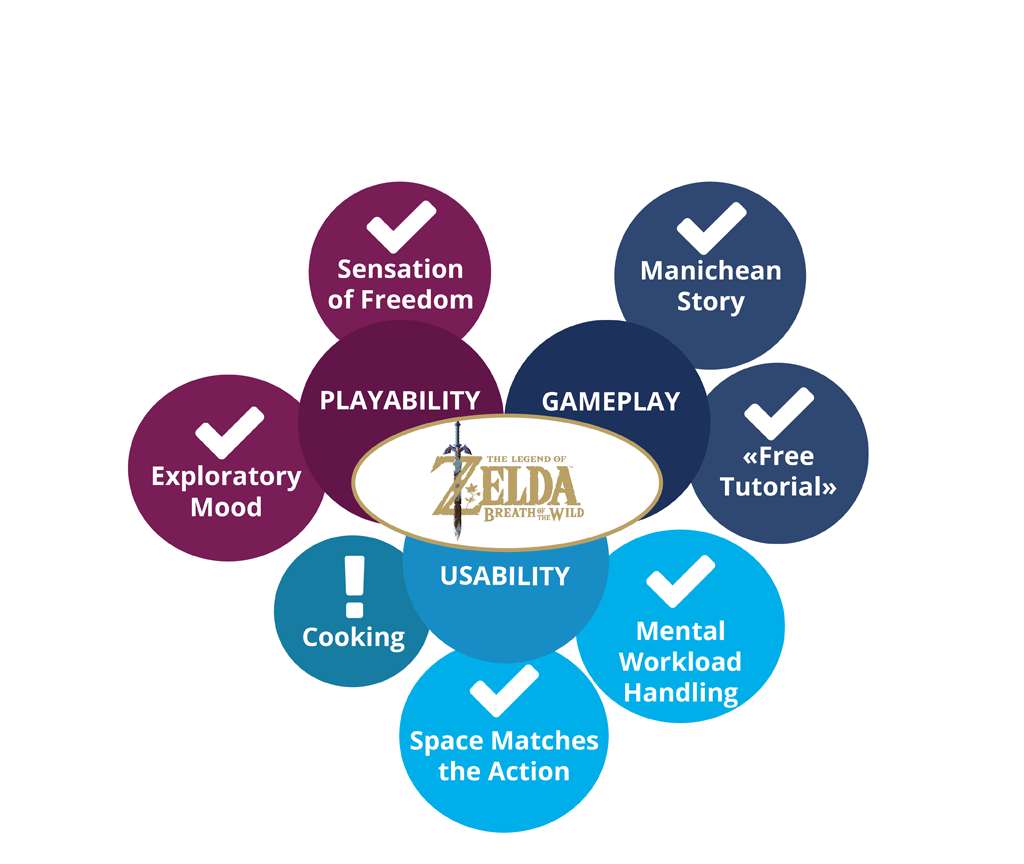Game U.R. – The legend of Zelda: Breath of the Wild
The Legend of Zelda: Breath of the Wild is an Action RPG in an open world environment made by Nintendo. You are Link (and not Zelda !) a knight of the Hyrule realm and you wake up with no memory and in your underpants. From there you will discover Hyrule and the epic quest that awaits you to save the realm and princess Zelda!
It is an open world RPG with some mechanics like The Elder scrolls series (Skyrim …) or The Witcher.
A common struggle in these games that we will focus on today is: “How to leave the player free to do what he wants while giving him something to do, so he doesn’t get bored”, let’s see how Breath of the Wild crushes this question.
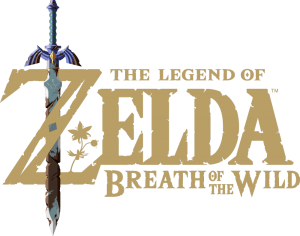 The Legend Zelda: Breath of the Wild is out since March 3, 2017 on Wii U and Nintendo Switch. We reviewed it the first week after it’s release on the Nintendo Switch version.
The Legend Zelda: Breath of the Wild is out since March 3, 2017 on Wii U and Nintendo Switch. We reviewed it the first week after it’s release on the Nintendo Switch version.
A lot of reviewers gave the game a perfect score (like IGN or jeuxvideo.com), here is our review from a user experience point of view.
1/ Usability
|
|
Player’s performance and mental load optimization |
The Legend of Zelda games are about solving puzzles and enigmas. Breath of the Wild doesn’t fail the recipe and provide an enormous pool of things to solve. But what is interesting is that they each exert different amounts of cognitive load.
In short: the cognitive load is the amount of mental effort being used in the working memory, much like the R.A.M. in a computer, but in your brain.
 Advice Advice |
Usually, in games and interfaces, it is best to minimize the cognitive load on the user. But Zelda Breath of the wild is a game about puzzles, so thinking is part of the fun. |
In the game, quests and objectives vary in importance:
- The main quest (saving the princess, vanquish evil …) is guided very precisely, with targets on the map and frequents reminders about what to do next.
- Very low cognitive load: we have nothing to remember except to follow the guide.
- Some quests are more elusive, to challenge reasoning, but let us have the important elements in the quest log, like the general direction of a shrine or the text of the “song with a secret in it”.
- Medium cognitive load: we have to think for ourselves and sometimes remember directions and patterns.
- And there also are undocumented secrets and objectives, there is no log for them anywhere but in our memory and eventually a sheet of paper beside us.
- High cognitive load: we have to memorize a lot and correlate information.
Examples
In The Legend of Zelda: Breath of the Wild, to regain our life, we have to eat, and the dishes that give the most hearts or give bonuses are to be cooked in a cooking pot. It is a fun experience at first but it quickly becomes tedious after some time.
 Warning Warning |
Cooking doesn’t respect these good practices for mental workload and player’s performances. It takes too much time and actions, dishes are really useful for progression so we want to have some with us. But for each dish we cook, we have to select one by one each ingredient and then cook them, which takes time. It doesn’t seem that big of a deal but, when doing it more than 10 times in a row, it feels very dull and it get’s easier for a bored player to get the recipe wrong. Another problem is that the only way to see a dish’s recipe is to have this dish in our inventory. If we eat it, we can’t access the recipe anymore. People can’t remember easily a lot of recipes. This could force the player to have a sheet of paper beside him to note the recipes or just simply use the same two or tree very simple recipes he remembered. |
 Advice Advice |
These problems could be solved with a “cooking interface” when interacting with a cooking pot, presenting the discovered recipes and offering to cook multiple dishes when possible. |
2/ Playability
|
|
Affordance |
The affordance is the degree with which something can suggest its use. (Example: when you see a button, you want to push it, not eat it).
|
|
Choices |
While the game lets us free to choose our own strategy: where to explore, which monster to kill, who to help … It doesn’t leave us the freedom to choose IF we want to help people. Our choices are our avatar’s (Link) choices, and he is nice, and caring, and helpful. We can’t say to the “old lady” to carry her wood herself, Link will say “yes, I’ll help you”, and even if we run away after saying yes, the poor lady will just wait for us to come back with hopes in her eyes forever (and we don’t want that do we ? :’( )
An example of the exploratory mood with eye tracking
3/Gameplay
|
|
Fictional Universe |
The story of The Legend of Zelda: Breath of the Wild is purely Manichaean (Morally dual), it is a fight of good versus evil and makes it really easy to see who is good and who is evil. Friends look nice and are always smiling, everything from their color to their mannerism suggest their kindness. On the other hand, foes look very evil, with red and glowy eyes, threatening weapons, and porcine faces.
 |
 |
Minigame: Try to guess who is nice and who is evil!
|
|
Rules Discovery |
At the beginning of The legend of Zelda: Breath of the Wild, we appear on the Great Plateau (Plateau du Prélude in French) and we can’t leave before acquiring every special skill of our character. We are still pushed to wander because our quest doesn’t force us to acquire these skills in a specific order.
Conclusion
The Legend of Zelda: Breath of the Wild is an amazing and immersive experience. With tons of secrets and opportunities in every corner, hours can fly like minutes just walking around aimlessly, solving puzzles, helping people and killing monsters. Even after some hours, we can easily confirm that it is very hard to get bored while roaming the Hyrule realm. Every detail is tuned so that something will catch your eye or cross your path. Nintendo achieved the goal of making this game feel endless and yet so full.
This review was but only a peek of our The legend of Zelda: Breath of the Wild’s assessment (It isn’t even its final form !!). We can do a lot more thanks to our tools and expertise, contact us if you want to know more.
If you have questions or opinions, please tell us In the comments. See you next time!
That was GameU.R. the review ergo of jeux vidéo.

